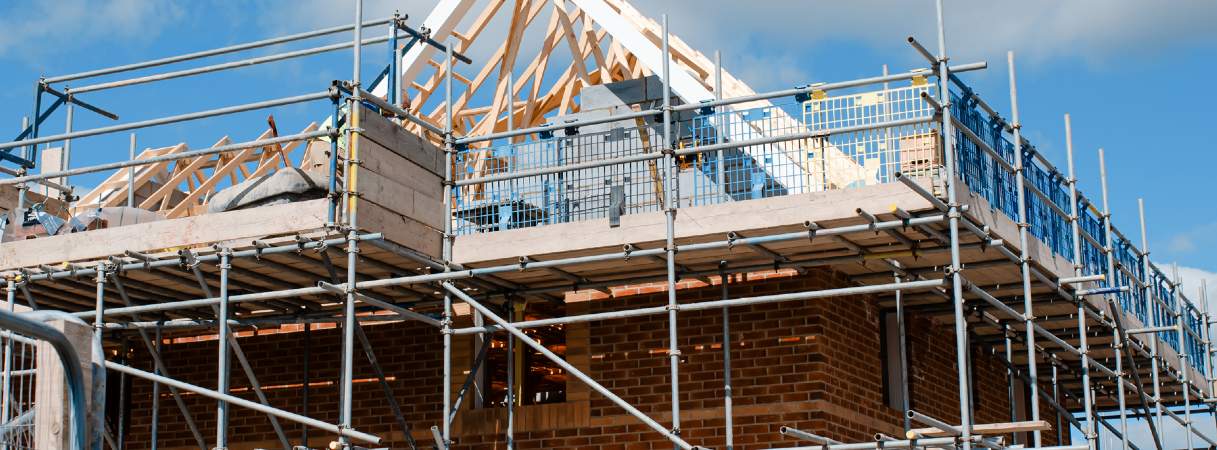There is no doubt that Housing Associations (HAs) are currently facing challenges from all sides, whether it’s high levels of inflation, a mandatory cap on rent increases, requirements to invest in existing stock or the slowdown in the private development market. Overall sector financial capacity is increasingly under strain. As a result, many HAs are reviewing the distribution of investment between existing stock and the development of new homes.
But it’s not a case of choosing existing stock over new development. HAs are tasked with balancing these competing priorities. On the one hand, HAs face significant challenges on their existing stock driven by building safety and fire safety standards, decarbonisation targets and recent high profile issues around damp and mould, all requiring significant levels of investment. HAs spent £6.9 billion on existing stock in the year to March 2023 and forecast a further £7.9 billion spend over the next 12 months, reflecting the increasing priorities around damp and mould works according to the Regulator of Social Housing’s quarterly survey.
Yet HAs have a key role to play in supporting housing delivery in the wider market downturn. Based on previous downturns, HAs are the group that have typically stepped in to mop up excess capacity in the development market through buying completed market sale stock. In 2010/11 following the Global Financial Crisis, 43 per cent of all new homes delivered were affordable homes.
In recent years, there has been a renewed emphasis towards the quality of service and customer satisfaction through management and investment in existing stock. Back in our 2018 Housing Sector Survey, 34 per cent of HAs surveyed prioritised investment in existing stock over development, reflecting the main focus of the sector at the time centred around additionality of affordable housing supply. If we fast forward to this year, 95 per cent of HAs surveyed prioritised investment in existing homes over development marking a significant shift in attitudes in the sector.

.jpg)
(1).jpg)
.jpg)
.jpg)
.jpg)

.jpg)
.jpg)
.jpg)
